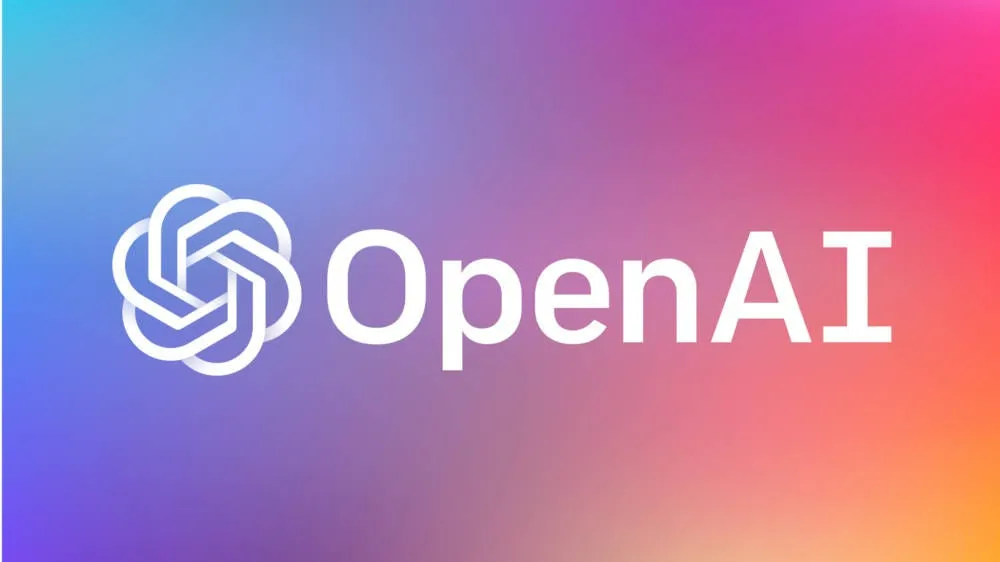As artificial intelligence (AI) continues to advance quickly, it brings forth each unimaginable alternatives and potential challenges. One space of concern is the technology of real looking AI-generated text and photos, often known as deepfakes. These creations have the ability to deceive, misinform, and manipulate people and society at massive.

Because the prevalence of AI-generated content material grows, it turns into more and more important for us to develop strategies to detect and fight their doubtlessly dangerous penalties. On this article, we’ll discover some strategies to establish AI-generated text and photos to promote media literacy and shield in opposition to deception.
How to detect AI-generated text and photos
Detecting AI-Generated Text
AI-generated text, usually produced by language fashions like GPT-3, will be difficult to distinguish from human-written content material. Nevertheless, a number of indicators can assist us establish potential AI-generated text:
- Repetition: AI fashions would possibly produce repetitive phrases or sentences due to the best way they’re skilled on massive datasets. Human writers, however, are extra probably to differ their expressions and phrase selections.
- Lack of Coherence: AI-generated text might lack total coherence or stream, because it generally struggles to keep context all through the content material.
- Overly Advanced Language: AI fashions might produce text with extreme jargon or overly difficult language that appears unnatural in contrast to human writing.
- Inconsistent Writing Type: AI fashions usually have issue sustaining a constant writing model, main to abrupt shifts in tone or vocabulary.
- Examine the Supply: For those who suspect {that a} piece of text is AI-generated, verify the unique supply or publication for any extra data or disclaimers in regards to the content material’s authenticity.
- Make the most of AI Detection Instruments: A number of AI detection instruments and platforms are being developed to assist establish AI-generated text. These instruments analyze writing patterns and linguistic cues to differentiate between human and AI-generated content material. Some examples of them are ZeroGPT, Large Language Mannequin Check Room, Originality.AI, Content material at scale, Author AI and so forth.

Detecting AI-Generated Photos
AI-generated photos, or deepfakes, are manipulated pictures or movies created utilizing AI algorithms. Whereas these will be extremely convincing, there are strategies that may help in detecting their authenticity.
- Examine for Visible Artifacts: AI-generated photos might include visible artifacts corresponding to uncommon shadows, distorted facial options, or inconsistent lighting, particularly in manipulated areas.
- Facial and Physique Proportions: Search for any abnormalities or discrepancies in facial and physique proportions, as AI-generated pictures won’t completely match actual human anatomy.
- Inconsistent Eye Motion: In deepfake movies, the attention motion might seem unnatural or misaligned with the remainder of the facial expressions.
- Reflections and Lighting: Analyze the reflections within the eyes and different shiny surfaces to guarantee they match the scene’s lighting and environment.
- Reverse Picture Search: Carry out a reverse picture search to see if the picture seems on different web sites or if there are any related variations on-line.
Use Deepfake Detection Instruments: Researchers and builders are frequently engaged on deepfake detection instruments that make the most of AI to establish manipulated photos and movies. These instruments analyze patterns and discrepancies which can be indicative of AI-generated content material.
Additionally learn: PlayStation 6: What We Know So Far?
Conclusion
As AI know-how advances, the potential for AI-generated text and photos to deceive and manipulate turns into extra obvious. To protect media literacy and shield ourselves from misinformation, we have to be vigilant in detecting and addressing these AI-generated creations. By understanding the indications of AI-generated text and photos and leveraging the rising AI detection instruments, we will keep one step forward within the battle in opposition to misleading content material. Furthermore, it’s essential to help ongoing analysis and technological developments aimed toward enhancing AI detection capabilities, making certain a safer and extra knowledgeable digital panorama for all.